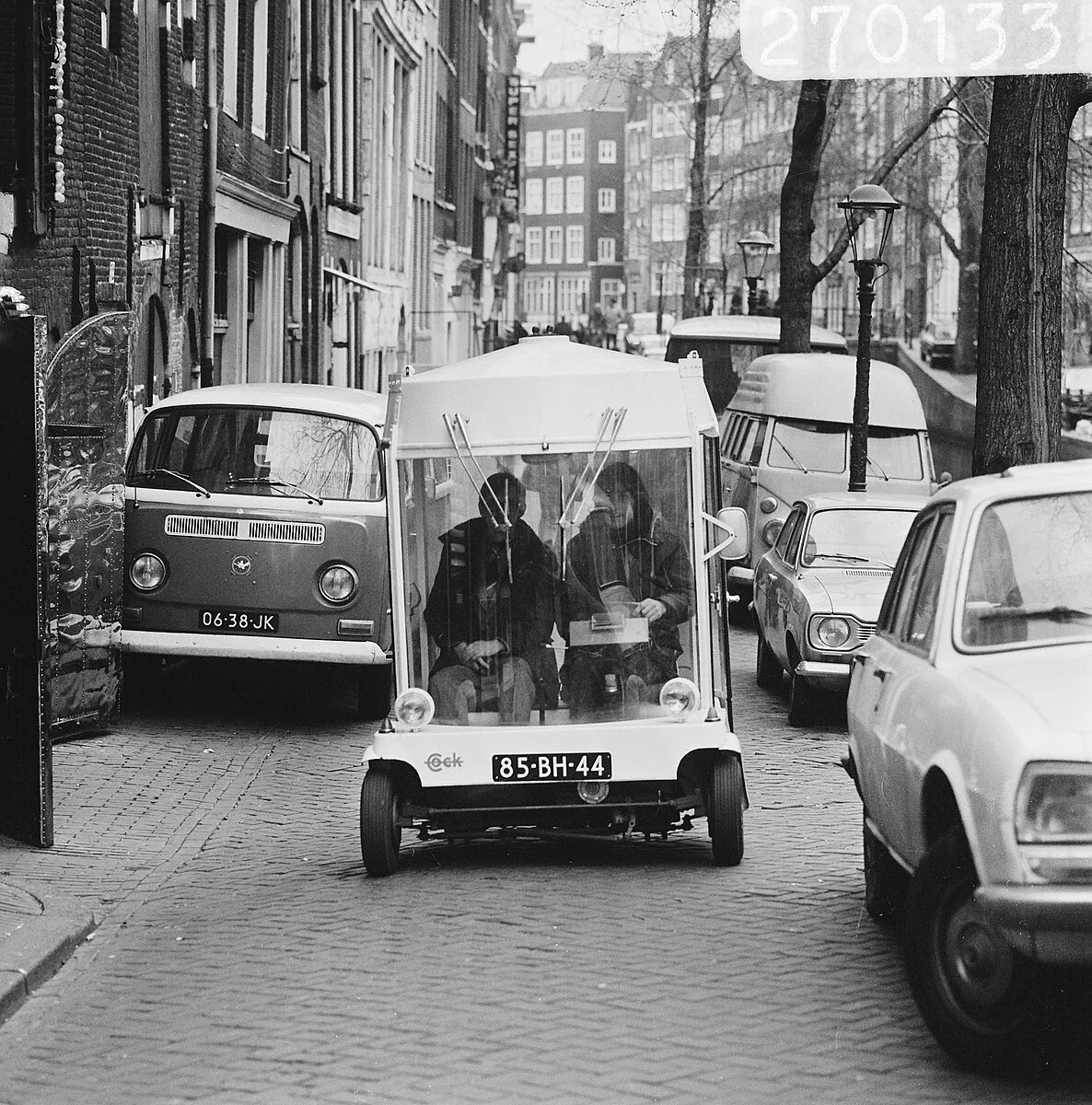
Almaviva has completed its multi-million dollar acquisition of Iteris: but why does a company better-known for its involvement in the rail industry want to buy one of the best-known names in traffic management? Smeraldo Fiorentini, general manager of the transportation & logistics division at Almaviva, answers ITS International’s questions…

On the face of it, Almaviva does not seem to be an obvious fit with the transport industry. Leaving aside the acquisition of Iteris for the moment, can you tell me where transportation & logistics sits in Almaviva’s structure?
Almaviva is a leading Italian company in the information technology sector. Not only are we leaders in Italy in the field of digital technologies applied to the transport and logistics industries, but we are also increasingly expanding our presence in international markets. We have more than 25 years of experience in the creation and management of mission critical systems for Gruppo Ferrovie dello Stato, one of the main rail operators in Europe. Given our considerable expertise in the rail industry, in 2016 we launched a development plan to position ourselves in all segments of the transport and logistics sector, both in Italy and abroad.
Can you explain your Moova mobility platform? What is it, how does it work, and who is currently using it?
It is no exaggeration to say that we have capitalised on and consolidated over 20 years' experience in Moova, an integrated, modular and seamless mobility platform, capable of connecting different modes of transport in a single and advanced technological framework. Moova benefits all those operating in the mobility sector, from authorities and transport operators across different transportation modes to transport infrastructure managers. It aims to enable new paradigms and models of sustainable mobility, which are increasingly driven by global macro phenomena. These include climate change - caused by pollution for which the mobility sector is one of the main culprits – and significant demographic shifts, with population density in urban areas on the rise.
At Smart City Expo World Congress in Barcelona in September, you highlighted your traffic management work with Roma Mobility Services. Can you expand on that? And also, Almaviva CEO Marco Tripi said that you are “already leading significant mobility projects across the Middle East, the UK, various European countries, the Americas and North Africa”. Can you give us some more examples?
The command and control room we developed for Roma Servizi per la Mobilità offers a unique and operational view to manage, coordinate and monitor urban mobility in an integrated way. It is an important smart city tool that enables the management of traffic flows, optimisation of transport efficiency, improvement of mobility accessibility and reduced environmental impact. Its capabilities, however, extend well beyond monitoring. We have also moved towards the development of flow forecasting models based on the data acquired, which are capable of generating simulations supporting decisions on traffic regulation. Managing the complexities of mobility in the 'eternal city' has been a milestone moment for us and has raised awareness of our services abroad and helped to export and bring ‘Made in Italy’ into the IT sector. We have been conducting major international activities for years now. In the UK in 2020 we implemented two projects related to the equipment of on-board solutions for train fleets and the supply of the related software control systems, through our Moova platform. The delivery of the on-board systems has been completed and the fleets are now fully functioning, supporting UK operators in communicating with customers and controlling trains remotely. Furthermore, we have been carrying out a range of international projects in numerous countries other than the UK. For example, we contribute to the management of operation and maintenance systems for the underground in Riyadh, Saudi Arabia, and we provide on-board technology for infotainment and safety services for the underground in Washington DC. We launched a mobility app in Lausanne, Switzerland, and are currently creating the integrated ticketing system for Cairo, Egypt’s capital and most populated city. Last but not least, our passenger information system is operating in all stations in Finland.
Turning to Iteris: $335m is a lot of money - why have you bought the company? It gives you a footprint in North America, but what else do you want from the acquisition?
We have completed a number of acquisitions in recent years in different territories, each of which reflects our ongoing strategy to strengthen our presence in high-potential markets with a focus on technology. Our objective is to enrich our product portfolio to position ourselves as suppliers of end-to-end solutions and to speed up the launch of our offer in target markets. The acquisition of Iteris is the latest example of how we are working towards achieving this.
The Iteris brand is remaining for now – but do you think the brand will disappear eventually?
Our keyword is integration. We have used the same approach in all the acquisitions carried out in Italy and abroad: maintaining the brand identity of the companies that join our group. Iteris, in particular, has a strong track record and brand recognition in the road and urban mobility industry which, combined with our experience in - and knowledge of - the rail and Mobility as a Service sector, will enable us to accelerate the development of increasingly innovative solutions and products for our customers, and increase our competitiveness in new and promising markets.
Marco Tripi also talked about you strengthening your presence “in high-growth, technology-driven markets”. Are you considering other acquisitions in transportation?
We are always on the lookout for new opportunities and open to evaluating potential acquisitions which we align with our strategy and target markets. One could say we are not done shopping yet…










